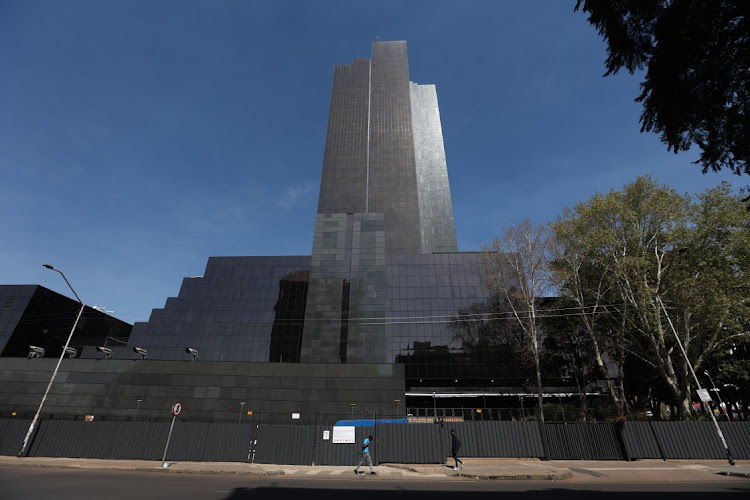There is reason now to calm fears of more rate hikes

The main factors that drove the MPC’s hawisk stance have begun to ease
After the Reserve Bank’s May monetary policy committee (MPC) meeting, where policy rates were hiked by 50 basis points (bps), the market continued to price in about 50bps of hikes by the end of 2023, despite this being less than the Bank’s own Quarterly Projection Model (QPM) suggests.
Among the factors driving the Bank’s seemingly hawkish stance are sticky core inflation, the weakness in the rand relative to the dollar and the rise in sovereign risk. The latter two were triggered by the diplomatic falling out between SA and the US, and have now completely unwound, back to where they were before the falling out. If the Bank’s communication is consistent with recent MPC rhetoric, the committee should reflect these factors and sound less hawkish in July.
Annual headline inflation for February and March surprised to the upside at 7% and 7.1% respectively, compared to market expectations of 6.8% and 6.9%. Core inflation surprised in February at 5.2% compared to the market expectation of 5%. In March, core inflation remained unchanged and in line with the market expectation of 5.2%. At this point, the Bank had reason to sound the alarm on the basis of upside surprises in inflation.
However, the April and May readings moved in the opposite direction, surprising the market on the downside. Annual headline inflation was 6.8% and 6.3% in April and May, lower than the market expectation of 7% and 6.5%. Core inflation went up to 5.3% in April from 5.2% in March, but this was lower than the expected 5.4%. In May, core inflation moderated to 5.2%, in line with market expectations.
At the time of the May MPC meeting the Bank did not have this May print, which would have shown that inflation had surprised on the downside for two consecutive months, reversing the two consecutive months of upside surprises in February and March. On the basis of these developments alone there should be some tilt in language, at least nominally.
But there is more that should affect the MPC’s tone. The first is the performance of the rand relative to the dollar. All of the political risk sentiment that took it to a weakest level of R19.92/$ after allegations that SA had sent arms to Russia have fully unwound. The rand traded at about R18.30 before the allegations and we are now back at that level. Fears that SA would face US sanctions have abated.
The second is the pricing of SA’s risk premium, which we can loosely ascertain by looking at the credit default spread (CDS), which measures the cost of insuring against default. On May 8, the day the US ambassador held the press conference that sparked the sell-off, the five-year CDS spread was 276bps. CDS spread subsequently rose to a high of 326bps, and declined to the current level of 274bps. All the political risk sentiment has also washed out of the country risk premium, which should be reflected in the tone of the Bank’s July MPC statement.
The other important input is the price of a barrel of oil. It has not remained in the mid-$80 range even though the Opec-plus countries have announced voluntary cuts in production. This, combined with the rand’s recovery, must bode well for fuel prices.
This week the Bank published its enhanced QPM, which explicitly incorporates the fiscal stance into the monetary policy transmission mechanism. The big issue there is the country risk premium and the term premium. If markets are efficient, this must not have affected its assessment of the Bank's interest rate policy path. However, there is now going to be an economic game played between the Bank and the Treasury.
Whether this is detrimental to the economy depends on whether there is co-ordination between the two institutions, one of which is more political than the other.
